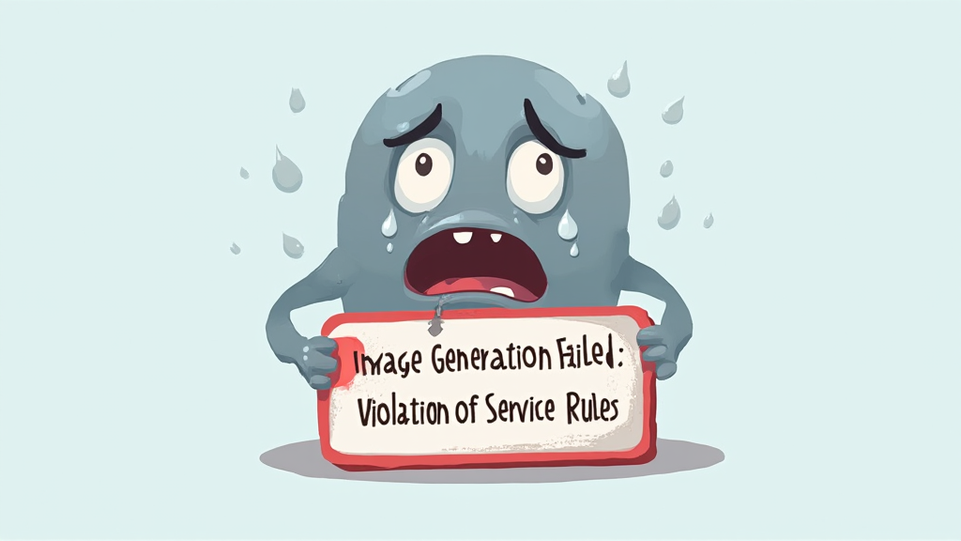Introduction to Inflation and Its Impact on Savings
Understanding Inflation: Causes and Effects
Inflation refers to the general increase in prices over time, which erodes purchasing power. As prices rise, individuals find that their savings buy less than before. This can significantly impact financial planning and investment strategies. Understanding this dynamic is crucial for effective wealth management. It’s essential to consider how inflation affects long-term savings. Many people overlook this aspect.
The Historical Context of Inflation and Savings
Historically, inflation has fluctuated, impacting savings signuficantly. During periods of high inflation, the real value of savings diminishes. This phenomenon can lead to decreased consumer confidence and altered spending habits. Many individuals fail to recognize these trends. Understanding historical inflation patterns is vital for informed financial decisions. Knowledge is power in finance.
The Role of Cryptocurrency in an Inflationary Environment
How Cryptocurrencies Can Hedge Against Inflation
Cryptocurrencies offer a decentralized alternative to traditional currencies, potentially safeguarding against inflation. Their limited supply can create scarcity, which may preserve value. Additionally, they operate independently of central banks. This independence is crucial during economic instability. Many investors are exploring this option. Diversification is key in financial strategies.
Comparing Cryptocurrencies to Traditional Assets
Cryptocurrencies and traditional assets differ significantly in their characteristics. While traditional assets like stocks and bonds are subject to regulatory oversight, cryptocurrencies operate in a decentralized manner. This can provide greater flexibility and potential for growth. Many investors appreciate this aspect. Additionally, cryptocurrencies can offer higher volatility. This volatility can lead to substantial gains or losses.
Diversifying Your Investment Portfolio
The Importance of Asset Diversification
Asset diversification is crucial for mitigating risk in investment portfolios. By spreading investments across various asset classes, an individual can reduce exposure to market volatility. This strategy enhances the potential for stable returns. Many investors overlook this essential principle. Additionally, diversification can improve overall portfolio performance. It’s a fundamental aspect of sound financial preparation.
Incorporating Cryptocurrencies into Your Portfolio
Incorporating cryptocurrencies into an investment portfolio can enhance diversification. This inclusion allows for exposure to a rapidly evolving asset class. Many investors seek alternative growth opportunities. Additionally, cryptocurrencies can provide a hedge against inflation. This aspect is increasingly relevant in today’s economy. Understanding market dynamics is essential for effective investment. Knowledge is key to successful investing.
Stablecoins: A Safe Haven in Volatile Markets
What Are Stablecoins and How Do They Work?
Stablecoins are cryptocurrencies designed to maintain a stable value, typically pegged to fiat currencies. This mechanism helps mitigate volatility, making them attractive during market fluctuations. Many investors use stablecoins for liquidity and security. They provide a reliable medium for transactions. Understanding their structure is essential for effective use. Stability is crucial in uncertain markets.
Using Stablecoins to Preserve Value
Stablecoins serve as a strategic tool for preserving value during economic uncertainty. By maintaining a fixed value, they protect against market volatility. Many investors find this feature appealing. Additionally, stablecoins facilitate seamless transactions. They offer liquidity in turbulent markets. Stability is essential for financial security.
Investing in Precious Metals as a Complement
The Historical Role of Gold and Silver in Inflation
Gold and silver have historically served as hedges against inflation. Their intrinsic value often increases when fiat currencies decline. Many investors turn to these precious metals during economic uncertainty. Additionally, they provide a tangible asset for diversification. This strategy can enhance overall portfolio stability. Precious metals are time-tested investments.
Combining Precious Metals with Cryptocurrency Investments
Combining precious metals with cryptocurrency investments can enhance portfolio resilience. This strategy allows for exposure to both traditional and digital assets. Many investors appreciate the stability of precious metals. Additionally, cryptocurrencies offer high growth potential. This combination can mitigate risks associated with market volatility. Diversification is essential for long-term success.
Real Estate: A Tangible Asset for Inflation Protection
Why Real Estate is Considered a Hedge Against Inflation
Real estate is often viewed as a reliable hedge against inflation. Property values typically increase over time, reflecting rising costs. This appreciation can protect investors’ purchasing power. Additionally, rental income often rises with inflation. Many investors seek this stability. Real estate provides tangible value.
Integrating Real Estate with Cryptocurrency Investments
Integrating real estate with cryptocurrency investments can enhance portfolio diversification. This combination allows investors to benefit from both tangible and digital assets. Key advantages include:
Many investors appreciate this balance. It can mitigate risks effectively. Diversification is crucial for financial health.
Building an Emergency Fund in a Digital Age
The Importance of Liquidity in Times of Crisis
Liquidity is essential during financial crises, allowing quick access to funds. An emergency fund provides a safety net in uncertain times. Many individuals overlook this critical aspect. Maintaining liquidity ensures he can cover unexpected expenses. It is vital for financial stability. Preparedness is key in any situation.
How to Create a Digital Emergency Fund
Creating a digital emergency fund involves setting aside liquid assets for unforeseen expenses. He should prioritize accessibility and security in his choices. Utilizing high-yield savings accounts can maximize returns. This approach ensures funds are readily available. Many people underestimate the importance of digital savings. Consistent contributions can build financial resilience.
Conclusion: Taking Action to Protect Your Savings
Developing a Personal Strategy for Inflation
Developing a personal strategy for inflation requires careful planning and analysis. He should assess his current financial situation. Identifying inflation-resistant assets is crucial for long-term stability. Diversification across various investment types can mitigate risks. Many investors overlook this essential step. Regularly reviewing and adjusting the strategy is vital. Adaptability is key in finance.
Staying Informed and Adapting to Market Changes
Staying informed about market changes is essential for effective financial management. He should regularly review economic indicators and trends. This knowledge allows for timely wdjustments to investment strategies. Many investors fail to stay updated. Adapting to new information can enhance portfolio performance. Awareness is crucial in a dynamic market.
